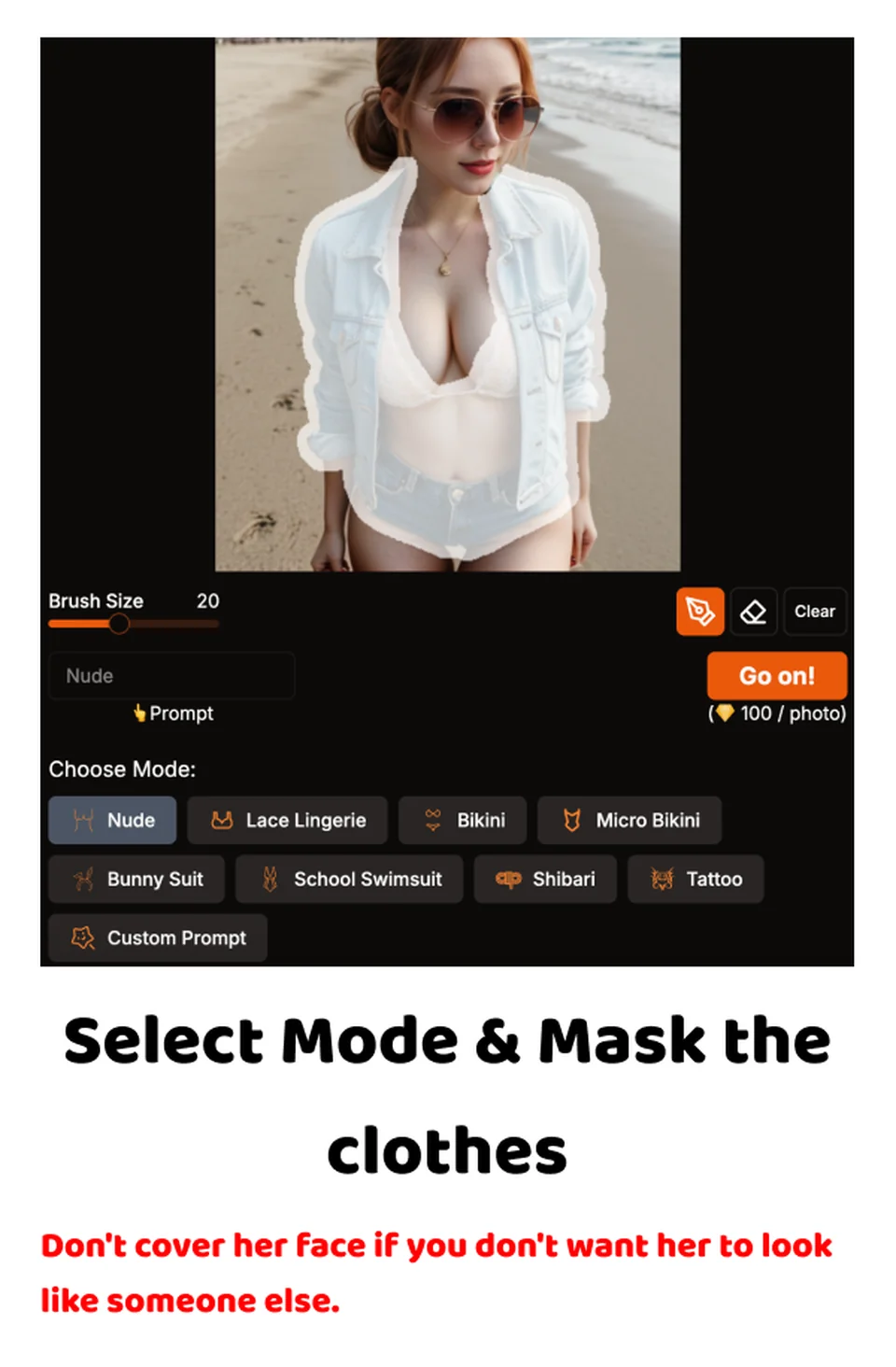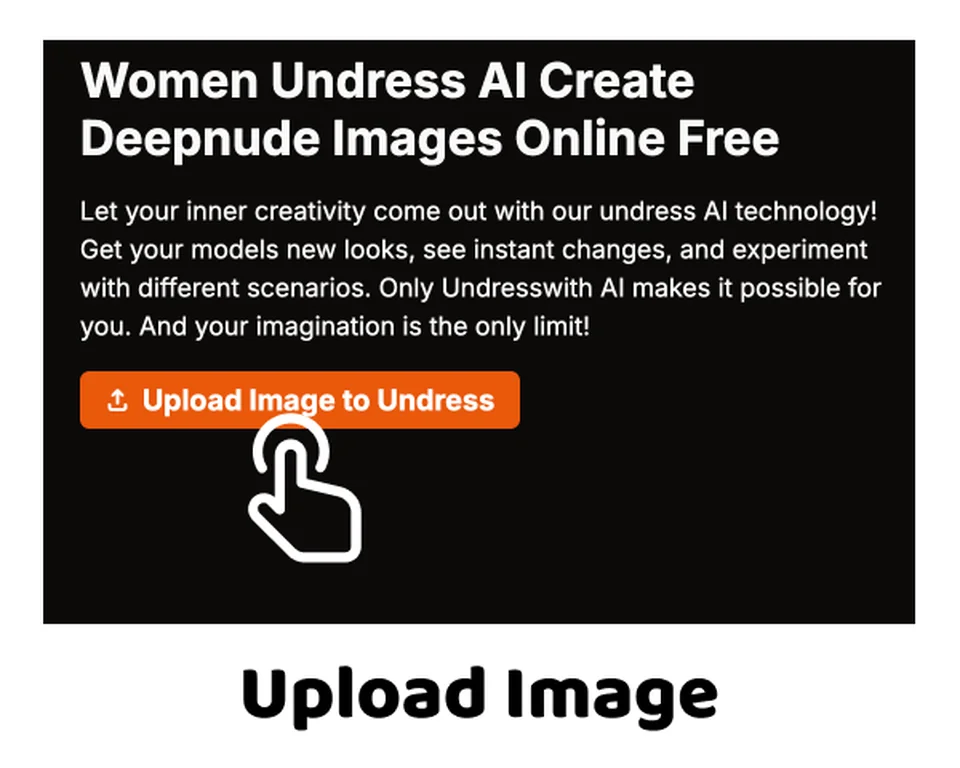Artificial Intelligence (AI) has grown a lot in the last ten years, making big progress in things like image editing, deep learning, and neural networks. One of the most talked-about uses of AI is undress AI tools that use complex algorithms to change pictures by taking off clothes from people. These tools say they give very real-looking results, but how accurate they are is still up for discussion.
This piece looks into the workings of undress AI tools, what affects their accuracy, their shortcomings, and the moral and legal issues related to using them.
How Do Undress AI Tools Work?
Undress AI tools use deep learning technologies, like Generative Adversarial Networks (GANs) and other neural nets, to change images and show how a person might look with no clothes. These systems learn from huge data sets about human bodies to get close to real textures, shades, and body shapes.
Important Technologies for Undress AI
- Generative Adversarial Networks (GANs)
GANs have two models: one makes the altered image and the other checks if it looks real. The system gets better as the generator learns to make more believable changes.
- Computer Vision and Edge Detection
Smart image recognition spots clothing outlines, shadows, and fabric styles so it can figure out what’s underneath. The AI tries to guess skin color, muscle shape, and light effects for smooth blending of edits.
- Neural Networks for Image Fixing
Neural networks look at countless images to see body sizes and details. Then these models use this information to change new photos realistically.
Factors Influencing the Accuracy of Undress AI Tools
The success of undress AI tools changes a lot based on several tech and environment stuff. Some tools say they get very real results, but others have trouble with weird images, strange skin colors, or wrong body sizes.
- AI Training Data Quality
AI models that learn from clear and varied data give better-looking outcomes. Small datasets make for bad guesses and weird pictures.
- Clothing Style & Complexity
Easy clothes like tight shirts or single-layer fabrics are simpler for AI to handle. Complicated styles, layered items, textured materials, or shiny things can confuse AI too much for it to work right.
- Image Clarity & Resolution
Clear images help AI have more info to look at, which makes things more accurate and detailed. Blurry or low-quality images make it tough for AI to change things properly.
- Lighting & Shadow Impact
Good natural light and balanced shadows help AI recreate real skin looks well. Bad lighting or strong shadows often lead to fake appearances.
- Pose and Body Arrangement
AI functions best with front views in good light where the body is easy to see clearly. Side shots, active poses, or blocked views might create odd or false results.

How Realistic Are Undress AI Tools?
Some AI models can make pictures look good, but undress AI tools are not great. These tools usually have problems like not making skin look real, blending well, and getting body parts right.
Problems That Make It Look Bad:
- Weird Body Shapes
AI doesn’t guess body shapes right, especially with loose or big clothes. Results come out looking strange with wrong muscle looks or too much roundness.
- Odd Skin Colors & Smoothness
AI-made skin often does not show natural flaws like freckles or little bumps. This makes it overly smooth and shiny, which appears fake.
- Wrong Lights and Shadows
Parts made by AI may not fit how the light is in the photo. This leads to shadows that don’t match or parts looking too bright where they shouldn’t be.
- Cloth Confusion
AI might get clothing patterns wrong, leading to fuzzy or messy changes. Some tools keep hints of the original fabric, showing that it has been changed.
- Mistakes with Hands and Backgrounds
AI has trouble creating fingers and joints correctly; they come out bent or repeated. Background parts might end up messed up as well, showing clear signs of alteration.
Ethical & Legal Concerns of Undress AI
The bettering of undress AI tools has made big ethical, legal, and privacy worries. Some say that AI is just a tech step up, but others caution against bad uses and digital harm.
- Privacy Problems & Consent Matters
Lots of people have been hurt by deepfake tech, where their pictures get changed without permission. This causes big emotional pain, reputation damage, and legal issues.
- Online Abuse & Misuse
AI-made explicit stuff can be used to blackmail or harass someone or for revenge porn. Victims often can’t do much once fake images spread online.
- Legal Repercussions
Many countries have made tough laws about non-consensual AI-made stuff. In the U.S., the Deepfake Accountability Act plans to punish those who make harmful altered images. The UK’s Online Safety Bill has rules to make AI-created explicit content illegal.
- The Job of AI Makers
Ethical making of AI needs smart use policies and strong protections in place. Some sites have added watermarks and detection tools to stop bad use.
How to Detect and Protect Against Undress AI Manipulation
As AI-generated content gets better, using tools to find fake things and ways to keep online info safe is super important.
- Deep fake Finding Tools
AI tools look at pictures for mistakes in pixels, weird lights, and odd changes.
- Image Search Backward
Google’s backward image search helps find out if a changed picture is on the internet.
- Social Media Privacy Controls
Making personal pictures private makes it less likely for them to be messed with. Don’t upload high-quality images in places without security.
- Legal Steps & Reporting
People affected by AI-made naked images can tell the police and make reports on websites.
The Future of AI in Image Manipulation
AI image is changing fast, and some use it for making stuff like design, doctor pictures, and fun time but also brings big problems with right and wrong.
- More Laws for AI Tools
Governments could make more rules on AI programs so they don’t get used in bad ways.
- Good Use of AI: Right Ways to Apply It
AI picture fixing can help with doctor guessing, art that is made digital, and keeping things safe rather than doing harm.
- Content Checking with AI Power
Websites like Facebook, Google, and TikTok are putting money into AI tools to stop fake picture issues by finding and getting rid of them.
Conclusion
Undress AI tools have gone far in making image edit accuracy, but still not perfect like a real thing. Some tools may do good jobs, but they can’t always get body parts right, the skin does not look real all the time, and the lights don’t match well. Even more important are issues about ethics and laws around undress AI tools. Risks like invading privacy, online bullying, and misuse of deepfakes make it necessary to work worldwide on rules to control bad AI-made explicit stuff.
As AI keeps getting better, it is very needed to find the mix between new ideas and being responsible so that AI helps good things instead of causing trouble.

